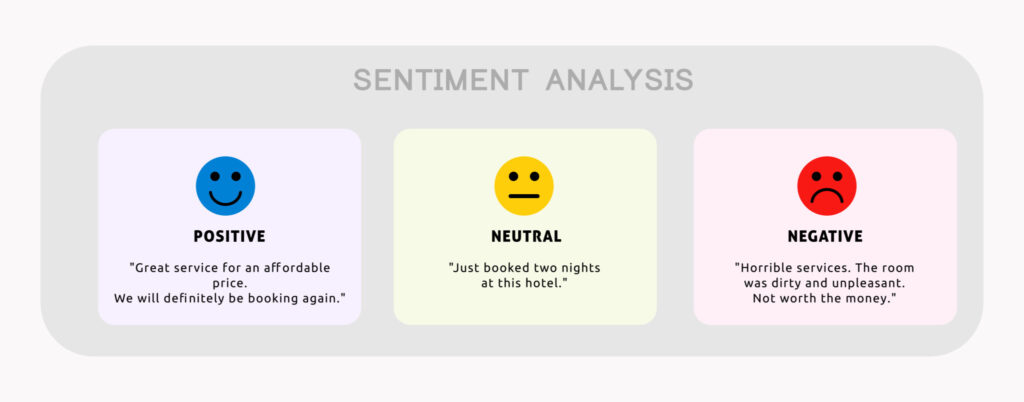
In this case study, we will delve into a research project conducted by Tenaga Nasional Berhad and Universiti Tenaga Nasional, which focuses on the captivating world of human emotions and how they manifest in written and spoken languages. The project aims to analyze sentiments expressed in two vibrant tongues: Malay and English, delving into the intricacies of text and audio.
The technical details of the project involve the use of curated datasets consisting of text and audio recordings in both Malay and English, covering various domains such as social media, news, and interviews. To analyze the sentiment in the text, the project utilizes lexical analysis techniques by employing sentiment lexicons and rule-based approaches to identify sentiment-carrying words and phrases. Furthermore, machine learning techniques like Naive Bayes, Support Vector Machines, or Recurrent Neural Networks (RNNs) are used to build and train classifiers that can automatically recognize sentiment in text.
For audio analysis, the project focuses on feature extraction by capturing acoustic features such as pitch, energy, and mel-frequency cepstral coefficients (MFCCs) to capture emotional cues in speech. Similarly, machine learning techniques are employed to train classifiers using audio features to classify spoken sentiment.

The project faced several challenges, including language nuances specific to Malay, such as informal slang and cultural references. Adapting sentiment analysis techniques to handle these specificities was crucial to ensure accurate results. Additionally, the complexity of audio analysis posed challenges in addressing background noise, speaker variations, and non-verbal cues to accurately interpret spoken sentiment.
The outcomes of this project include the identification of positive, negative, and neutral sentiment trends in both Malay and English text and audio data. This analysis provides valuable insights into public opinion, customer feedback, and emotional responses in various contexts. The project also highlights the potential applications in social media analysis, market research, and sentiment-aware AI systems.
This case study showcases the expertise of the researchers in natural language processing and sentiment analysis. It demonstrates their ability to work with diverse languages and modalities, including text and audio. The project also highlights their innovative approach in tackling language-specific challenges and their valuable contributions to understanding human emotions through technology.
Solution Ai, based in Malaysia, played a significant role in the successful execution of this project. With their expertise in telecommunications and AI, they provided the necessary support and resources to ensure the project’s success.

